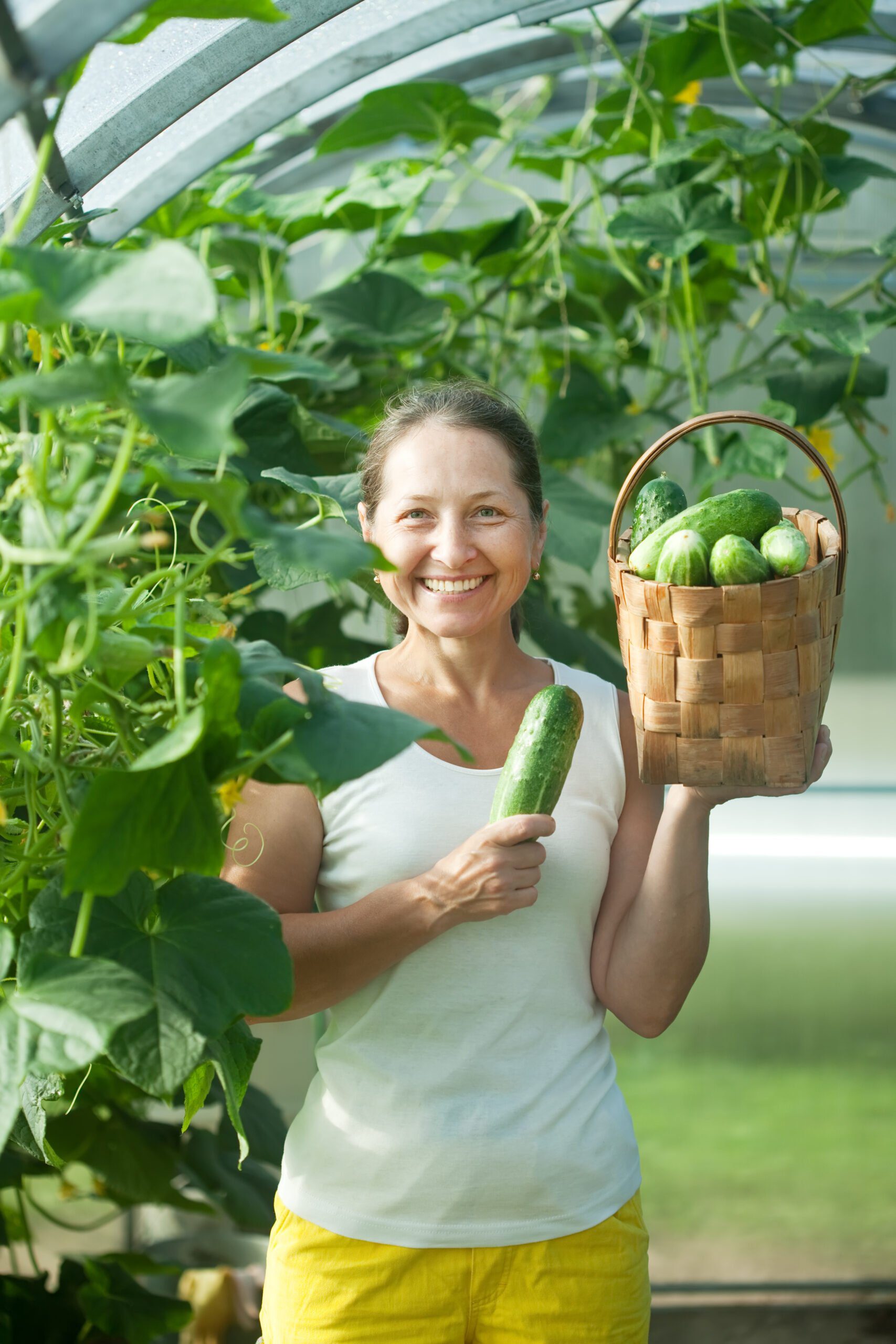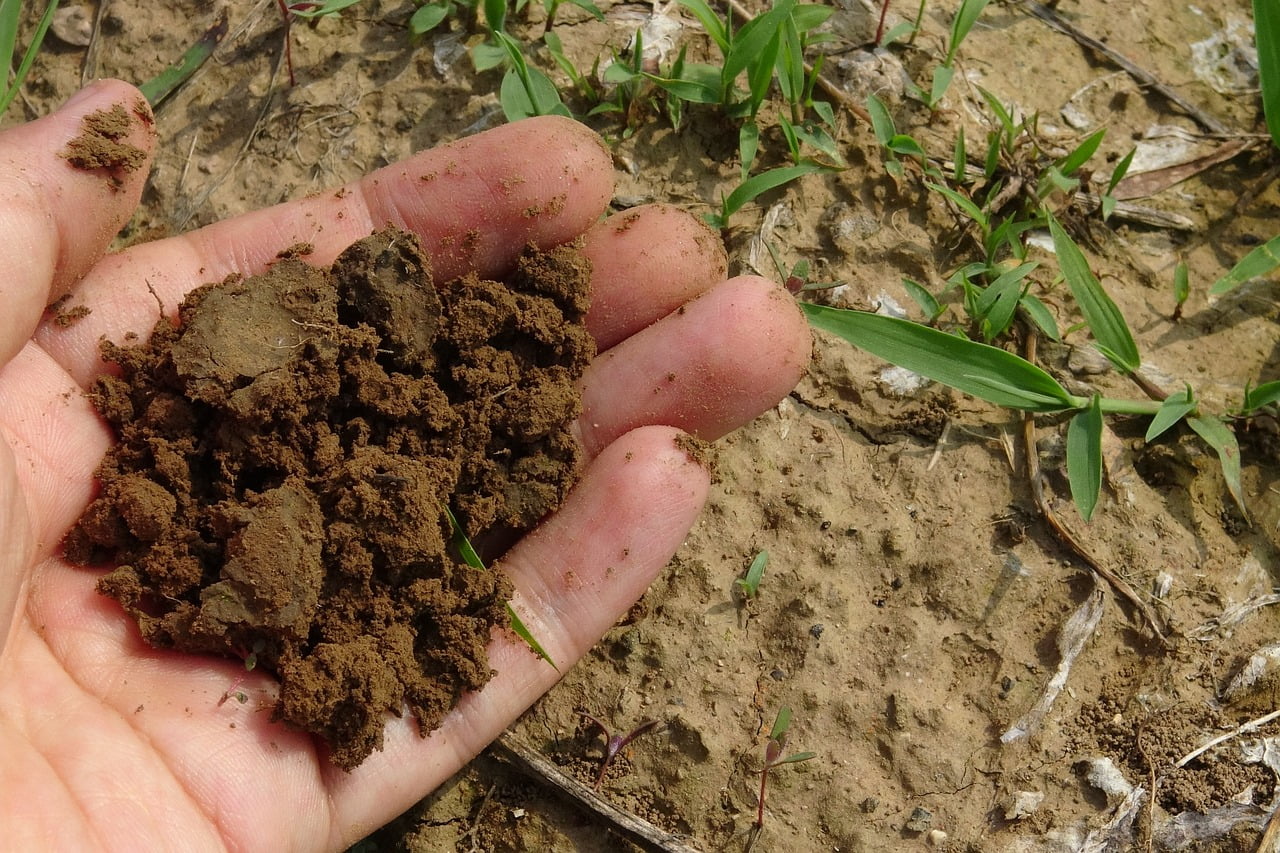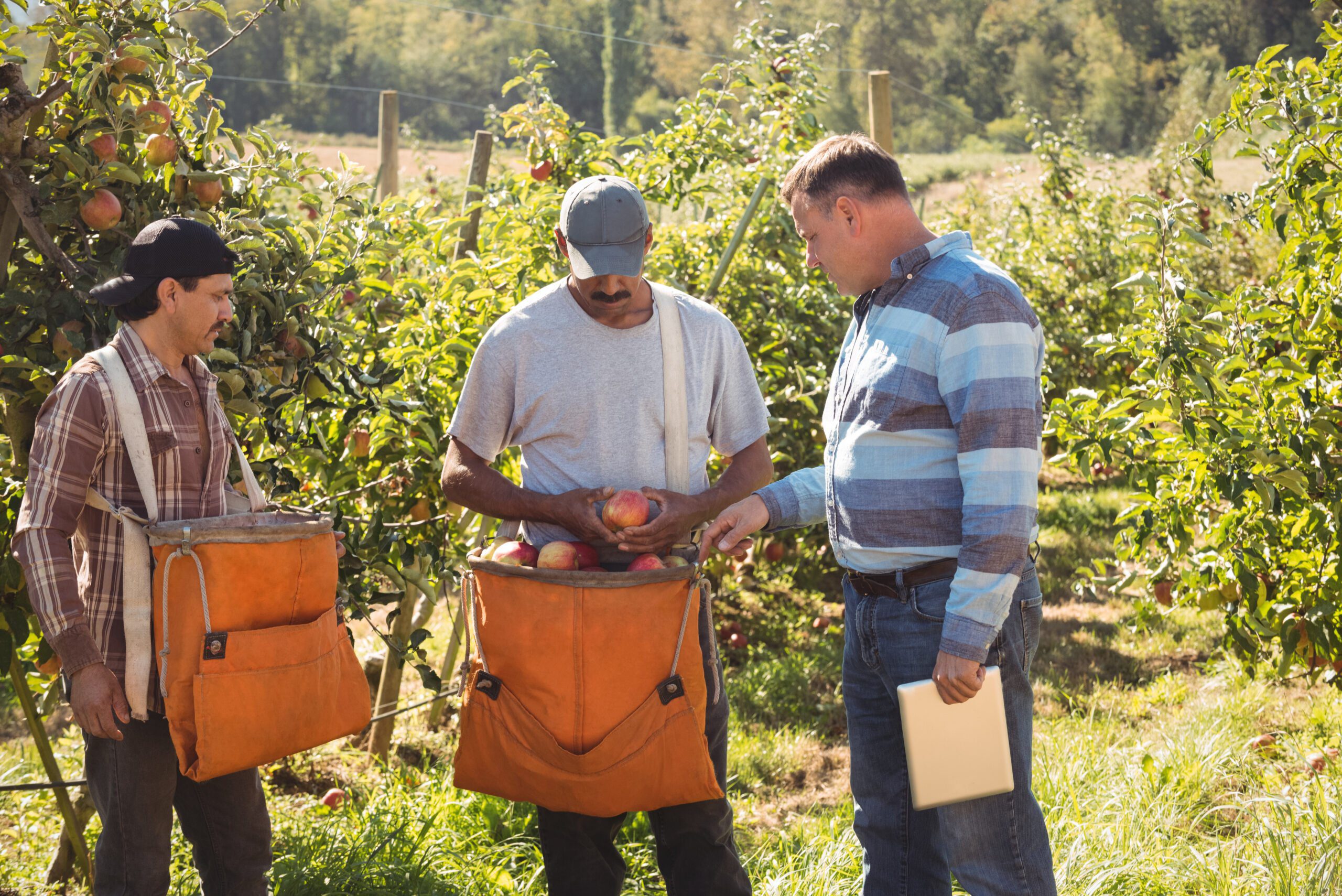Are you ready to embark on an exciting adventure in urban farming? Urban farming is a sustainable and rewarding way to grow fresh produce right in the heart of the city. By following the 7 steps to achieve self-sustaining urban farming success, you can create a thriving farm that not only provides you with nutritious food but also contributes to a greener and healthier environment. Let’s dive into the essential steps that will guide you towards urban farming greatness.

Table of Contents
The 8 Steps to Achieve Self-Sustaining Urban Farming Success
Step 1: Setting Clear Goals

To kickstart your urban farming journey, it’s crucial to set clear goals. Ask yourself: What do you hope to achieve with your urban farm? Are you aiming to produce food for personal consumption, or do you plan to sell your harvest to the local community? Defining your goals will help you stay focused and motivated throughout the process.
To set clear goals for your urban farming journey, consider the following specific and actionable guidance:
- Determine your purpose: Are you growing food for personal consumption, aiming to generate income through sales, or looking to contribute to a local community-supported agriculture (CSA) program? Clarify your purpose to establish a clear direction for your farm.
- Define production targets: Set measurable goals for the quantity and variety of crops you wish to produce. Consider factors such as available space, resources, and market demand to determine realistic production targets.
- Create a timeline: Develop a timeline for your goals, including milestones for setup, planting, harvesting, and community engagement. A timeline will help you stay organized and motivated throughout the process
Step 2: Designing the Farm Layout
Once you’ve established your goals, it’s time to design the layout of your urban farm. Consider the available space and sunlight exposure. Maximize vertical space by utilizing trellises or vertical planters. Ensure efficient water management and create designated areas for composting and waste reduction. By carefully planning the farm layout, you’ll optimize productivity and minimize resource wastage.
When designing the layout for self-sustaining urban farming, follow these specific and actionable guidelines:
- Assess available space: Measure and evaluate the space you have for farming, including rooftops, balconies, yards, or community garden plots. Consider the amount of sunlight each area receives and any potential obstructions or limitations.
- Optimize space utilization: Utilize vertical space by implementing trellises, vertical planters, or hanging baskets. This maximizes the growing area and allows for a greater variety of crops.
- Plan for efficient water management: Determine the water source and design an irrigation system that minimizes water waste. Consider options like drip irrigation or self-watering systems to provide precise and efficient water distribution.
- Allocate areas for composting and waste reduction: Create designated spaces for composting organic waste, such as kitchen scraps and plant trimmings. This allows you to recycle nutrients and minimize waste.
When designing the layout for your urban farm, it is crucial to optimize sunlight exposure and consider microclimates. These factors play a significant role in the productivity and success of your farm. Here are a few key points to remember:
- Sunlight Exposure: Sunlight is a vital resource for plant growth, and maximizing its availability is key. Observe the patterns of sunlight on your farm throughout the day and across the seasons. Identify areas with the most sunlight and plan your crop placement accordingly. Tall structures, nearby buildings, and trees can cast shadows, so consider their impact on sunlight availability.
- Crop Placement: Different crops have varying sunlight requirements. Some thrive in full sun, while others prefer partial shade. Group plants with similar sunlight needs together to ensure efficient use of space and resources. For instance, tall crops like corn or trellised vegetables can be placed on the north side of the farm to avoid shading shorter plants.
- Vertical Farming: In urban settings where space is limited, vertical farming techniques can be employed to optimize sunlight exposure. By using trellises, vertical planters, or hydroponic systems, you can grow crops vertically, making the most of available sunlight.
- Microclimates: Microclimates are small-scale variations in temperature, humidity, and sunlight within a given area. Identify microclimates on your farm by noting variations caused by structures, water bodies, or vegetation. Take advantage of microclimates to grow crops that have specific temperature or light requirements. For example, a sunny spot near a wall or fence might provide a warmer microclimate, suitable for heat-loving plants.
- Wind Considerations: Wind patterns can impact plant health and growth. Assess the direction and intensity of winds on your farm. Use windbreaks, such as hedges or tall structures, to create sheltered areas that protect sensitive crops from strong winds.
By optimizing sunlight exposure and considering microclimates, you can design a farm layout that maximizes productivity and creates ideal growing conditions for your crops. Careful planning and attention to these factors will contribute to the overall success of your urban farm.
Step 3: Choosing the Right Crops
Selecting the right crops is key to achieving self-sustaining urban farming success. Focus on crops that thrive in your local climate and are well-suited to urban environments. Herbs, leafy greens, and compact vegetables like cherry tomatoes are excellent choices. Consider incorporating companion planting techniques to promote natural pest control and enhance crop growth.
When selecting crops for your urban farm, consider the following specific and actionable guidance:
- Research local climate and conditions: Identify crops that thrive in your specific climate and urban environment. Consider factors such as temperature, sunlight, humidity, and potential challenges like pollution or limited space.
- Focus on high-yield and space-efficient crops: Choose crops that have a high yield per square foot and are well-suited for small-scale farming. Examples include herbs, leafy greens, microgreens, compact vegetables like cherry tomatoes, and dwarf fruit trees.
- Incorporate companion planting: Optimize plant health and natural pest control by incorporating companion planting techniques. Select plant combinations that benefit each other, such as planting marigolds to deter pests or basil to enhance tomato growth.
- Consider crop rotation: Plan a rotation schedule for your crops to prevent nutrient depletion and minimize disease or pest buildup. Rotate crops with different nutrient requirements to maintain soil health.
Step 4: Implementing Sustainable Practices

Sustainability should be at the core of your urban farming approach. Implement eco-friendly practices such as organic fertilization, rainwater harvesting, and natural pest management methods. Avoid chemical pesticides and synthetic fertilizers that harm the environment and compromise the health of your produce. By prioritizing sustainability, you’ll contribute to a healthier ecosystem.
To implement sustainable practices in your urban farm, follow these specific and actionable guidelines:
- Prioritize organic fertilization: Use organic fertilizers like compost, worm castings, or organic amendments to enrich the soil and provide essential nutrients to your crops. Avoid synthetic fertilizers that can harm the environment.
- Embrace natural pest management: Implement integrated pest management (IPM) techniques, such as attracting beneficial insects, using physical barriers, or employing organic pest control methods like neem oil or insecticidal soaps. Minimize the use of chemical pesticides that can harm beneficial insects and pollinators.
- Harvest rainwater: Set up rain barrels or collection systems to harvest rainwater for irrigation. This reduces reliance on municipal water sources and conserves water resources.
- Practice responsible waste management: Recycle plant waste through composting, vermicomposting, or mulching. Use recycled materials for your farm infrastructure whenever possible.
Step 5: Efficient Resource Management
To achieve self-sustainability, it’s essential to manage your resources efficiently. Utilize space-saving techniques like intercropping and succession planting to maximize yield. Compost kitchen scraps and plant waste to create nutrient-rich soil. Implement water-saving strategies such as drip irrigation and mulching. By making the most of your resources, you’ll minimize waste and optimize productivity.
To manage resources efficiently in your urban farm, consider the following specific and actionable guidance:
- Utilize space-saving techniques: Implement intercropping, vertical gardening, or companion planting to maximize yield in limited space. Plan crop combinations that utilize different vertical levels and optimize the use of available sunlight.
- Compost and recycle organic waste: Collect and compost kitchen scraps, plant trimmings, and other organic materials to create nutrient-rich compost. Use this compost to improve soil fertility and reduce the need for external amendments.
- Implement water-saving strategies: Use drip irrigation systems or soaker hoses to deliver water directly to the roots of plants, minimizing water waste through evaporation or runoff. Mulch the soil surface with organic materials like straw or wood chips to conserve moisture and reduce weed growth.
- Practice efficient nutrient management: Test your soil regularly to assess nutrient levels and adjust fertilization accordingly. Apply fertilizers in the right quantities and at the appropriate times to avoid excess nutrient runoff.
Step 6: Continuous Learning and Adaptation

Self-sustaining urban farming is a dynamic journey that requires continuous learning and adaptation. Stay updated with the latest farming techniques, attend workshops, and connect with experienced farmers in your community. Observe your plants closely, make adjustments as needed, and learn from both successes and failures. Flexibility and a growth mindset are essential to long-term urban farming success.
To foster continuous learning and adaptation in your urban farming journey, consider the following specific and actionable guidance:
- Stay informed about urban farming practices: Read books, attend workshops, and participate in online courses or webinars to expand your knowledge of urban farming techniques. Stay updated with the latest research and advancements in sustainable farming practices.
- Connect with experienced farmers: Join local farming communities or associations to connect with experienced urban farmers. Seek guidance, ask questions, and learn from their experiences. Participate in farm tours or volunteer opportunities to gain hands-on knowledge.
- Experiment and observe: Try new techniques or crop varieties on a small scale to assess their suitability for your farm. Observe plant growth, yield, and overall performance. Keep records of your experiments to track successes and learn from failures.
- Adapt based on feedback: Regularly evaluate the performance of your farm and make adjustments as needed. Incorporate feedback from customers, community members, or local experts to enhance the quality of your produce and farming practices.
Step 7: Engaging with the Community
Building a strong connection with the local community is vital for the success of your urban farm. Organize farm tours, workshops, or community-supported agriculture programs. Collaborate with local restaurants and markets to sell your produce. By involving the community, you’ll not only create a sense of belonging but also foster support and appreciation for urban farming.
To effectively engage with the community in your urban farming endeavor, consider the following specific and actionable guidance:
- Organize farm tours and workshops: Open your farm to the community by organizing guided tours or workshops. Share your knowledge, demonstrate sustainable farming techniques, and inspire others to embrace urban farming.
- Participate in farmers’ markets: Join local farmers’ markets to sell your produce directly to consumers. Engage with customers, share information about your farming practices, and build relationships with potential long-term buyers.
- Collaborate with local businesses: Establish partnerships with local restaurants, cafes, or grocery stores to supply them with fresh, locally grown produce. This can provide a consistent market for your products while supporting the local food system.
- Share your story: Use social media platforms, blogs, or newsletters to share the story of your urban farm. Highlight your sustainable practices, community involvement, and the benefits of locally grown food. Build an online presence that connects with people who support and value urban farming.
Step 8: Understanding Costs and Time Commitments
To embark on a successful self-sustaining urban farming journey, it’s essential to consider the potential costs involved in setting up and maintaining an urban farm, as well as the estimated time commitments. While these factors can vary depending on various factors such as the scale of your farm and location, having a general understanding can help you plan and budget effectively.
Cost Considerations:
- Infrastructure: Setting up the necessary infrastructure for an urban farm, including raised beds, containers, irrigation systems, and fencing, can incur initial costs. Research and compare prices for materials and equipment to find cost-effective options.
- Seeds and Seedlings: Purchasing high-quality seeds and seedlings is crucial for a successful harvest. Consider the variety, quality, and price when selecting your seeds and seedlings. Starting seeds indoors can be a more cost-effective option, allowing you to save on purchasing ready-to-plant seedlings.
- Soil and Amendments: Urban farms often require nutrient-rich soil to support healthy plant growth. Depending on the quality of your existing soil, you may need to invest in organic soil amendments or compost to enhance its fertility. Composting kitchen scraps and yard waste can help reduce costs over time.
- Tools and Equipment: Basic gardening tools such as shovels, hoes, pruners, and watering cans are essential for urban farming. Consider investing in durable, high-quality tools that will last longer and require fewer replacements.
- Water and Utilities: Factoring in water costs is essential, especially if you rely on municipal water sources for irrigation. Implementing water-saving techniques like drip irrigation can help minimize water consumption and costs. Additionally, if you plan to use artificial lighting or heating systems, account for potential increases in energy bills.
Time Commitments:
- Setup and Planning: The initial phase of setting up an urban farm requires time and effort. Designing the layout, constructing beds or containers, and establishing irrigation systems can take several days to weeks, depending on the scale of your project.
- Daily Maintenance: Urban farming demands regular care and attention. This includes watering, pruning, checking for pests, and monitoring plant health. Depending on the size of your farm, daily maintenance tasks can range from a few minutes to a couple of hours.
- Harvesting and Processing: Harvesting your crops and processing them for storage or immediate consumption takes time. Consider the time required for harvesting, cleaning, sorting, and packaging your produce.
- Learning and Research: Continuous learning and staying up to date with the latest urban farming techniques and practices require time investment. Attending workshops, reading books or online resources, and connecting with experienced farmers can enhance your knowledge and improve your farming skills.
Remember, these cost and time estimates are general guidelines. Your specific circumstances, including the size and complexity of your farm, availability of resources, and local market conditions, can significantly impact the actual costs and time commitments. Consider developing a detailed plan and budget that aligns with your goals and available resources to ensure a successful and sustainable urban farming venture.
FAQs
Q1: Is it possible to achieve self-sustaining urban farming success in a limited space?
Absolutely! Even with limited space, you can utilize vertical gardening, container gardening, and hydroponics to maximize your yield.
Q2: How much time does urban farming require on a daily basis?
The time commitment depends on the scale of your farm and the crops you choose. Initially, you may need to invest more time in setting up the infrastructure, but as your farm becomes established, daily maintenance can be managed within a couple of hours.
Q3: Can I sell my urban farm’s produce to local markets?
Yes, many urban farmers sell their produce to local markets, restaurants, and through community-supported agriculture (CSA) programs. It’s a great way to generate income while supporting local food systems
Conclusion:
Congratulations on taking the first step towards self-sustaining urban farming success! By following the 7 essential steps outlined in this guide, you’ll be well-equipped to create a thriving urban farm that provides you with fresh, healthy produce while contributing to a more sustainable future. Remember to set clear goals, design your farm layout thoughtfully, choose the right crops, implement sustainable practices, manage resources efficiently, embrace continuous learning, and engage with the community. Now, roll up your sleeves, get your hands dirty, and watch your urban farm flourish into a thriving oasis of green goodness.
